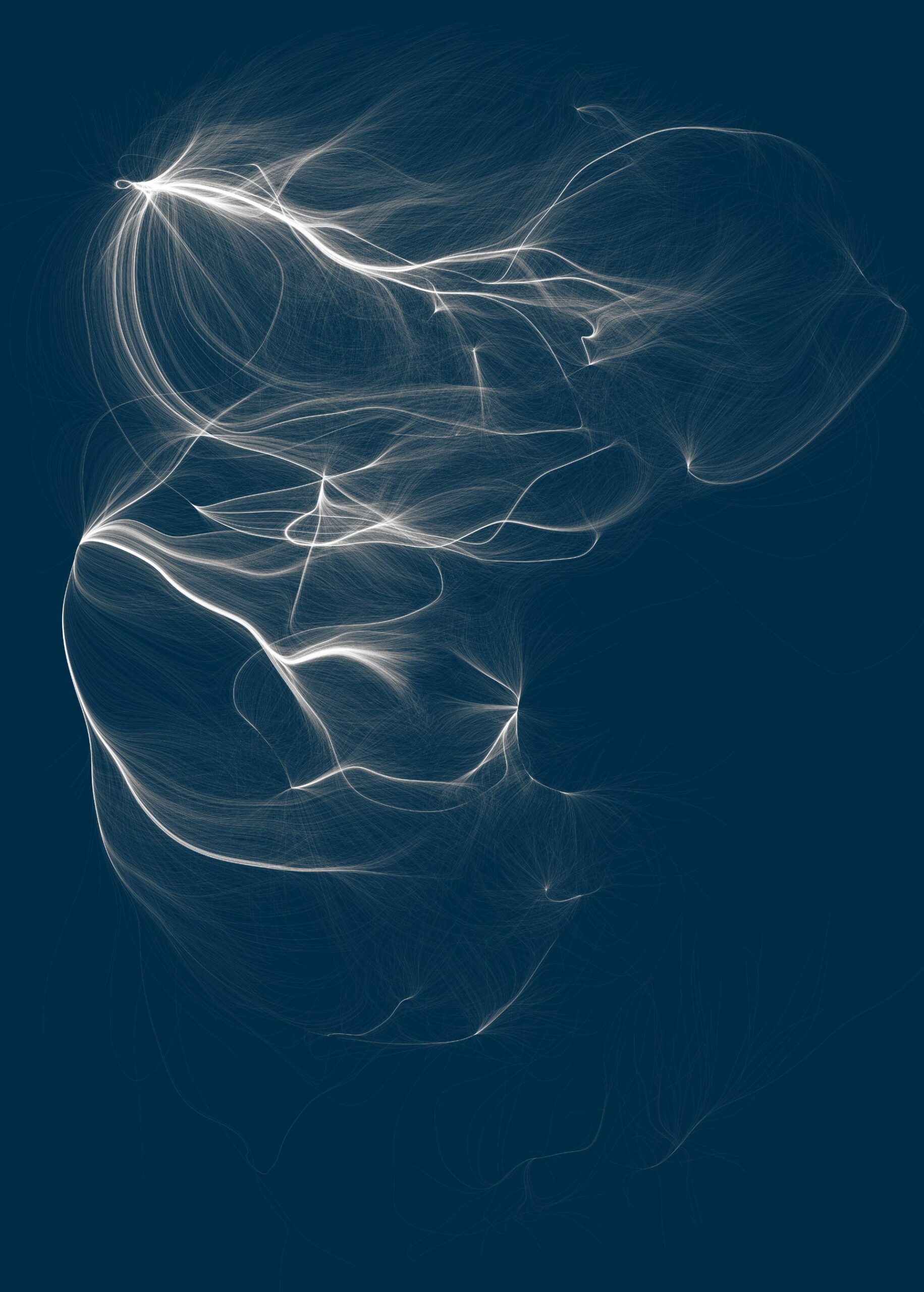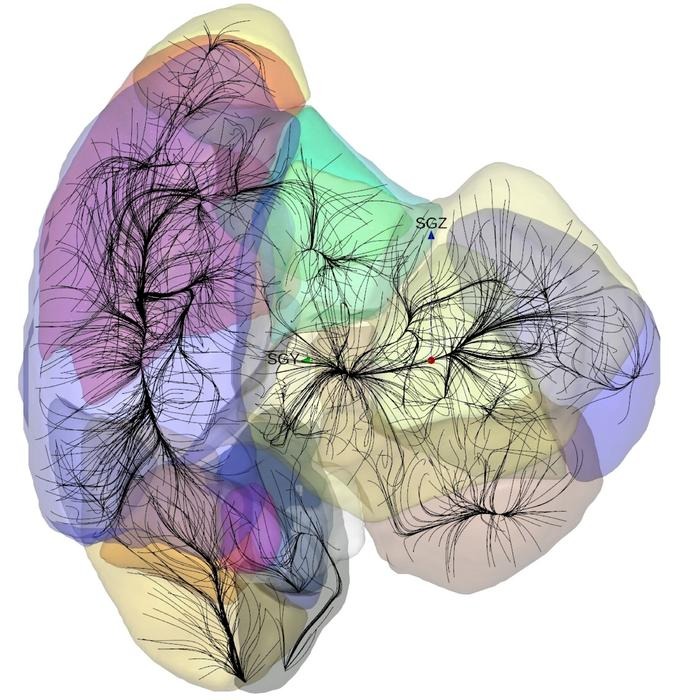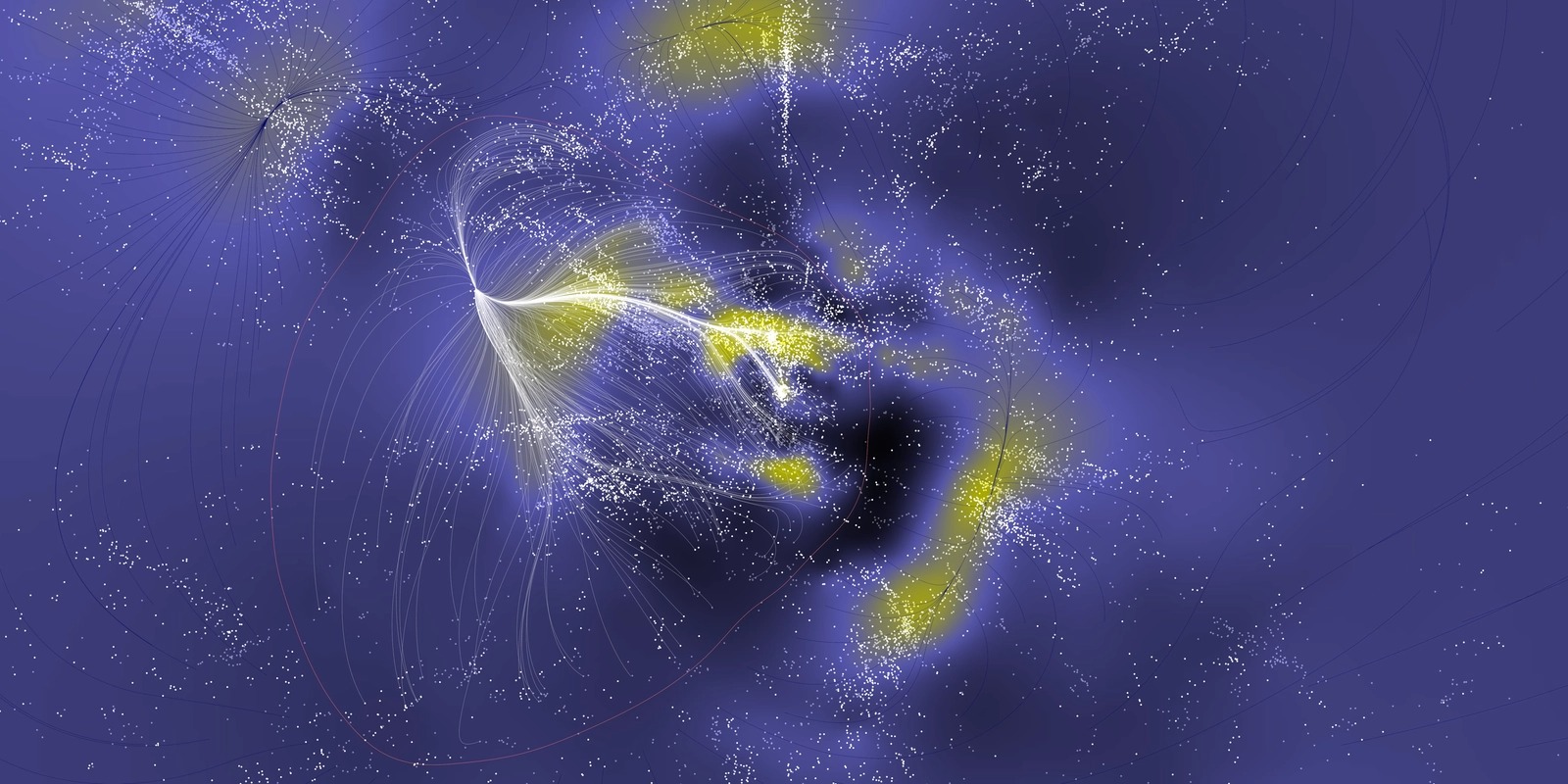Researchers at the University of Hawaii suggest that our galaxy may belong to a much larger cosmic structure centered around the Shapley Supercluster. The discovery, based on an analysis of 56,000 galaxies, suggests that our cosmic neighborhood may be ten times larger than previously thought.

The Cosmicflows team has studied the movements of galaxies and found that the Milky Way is located in a basin of attraction known as Laniakea, which spans 500 million light-years. However, new evidence suggests the possible existence of an even larger structure extending 10 times farther, centered in the Shapley cluster, where the enormous mass is concentrated. These results, published in Nature Astronomy, put into question our current understanding of the structure of the Universe.
According to Oregon State University astronomer Brent Tully, the Universe is like a spider’s web, where galaxies are concentrated in nodes and subject to gravitational forces. By studying cosmic “basins,” scientists can better understand the structure of the Universe, which is thought to be much larger than previously thought.

The Universe formed over 13.7 billion years ago when gravity began to create large-scale structures. If the Milky Way really belongs to an even larger scale structure than Laniakea, it means that the models of the Universe’s evolution must be completely revised.
An important aspect is to consider dark matter, which doesn’t emit light but has a significant influence on the motion of galaxies. It is also important to consider the difference between the actual speed of the galaxy and the speed of Hubble’s Law, which determines how fast the Universe is expanding.

The work of Tully’s team will provide more accurate maps of cosmic regions and a better understanding of the structure and motion of matter in the Universe, including cold dark matter.
But study co-author Ehsan Kourkchi notes that current research tools may not be powerful enough to fully map these large cosmic structures. By studying the motion of galaxies, researchers can map the space dominated by each supercluster, and will continue their research by trying to determine the full extent of the largest structures in the cosmos.
Earlier we reported on how astronomers weighted the Universe.
According to universetoday.com


